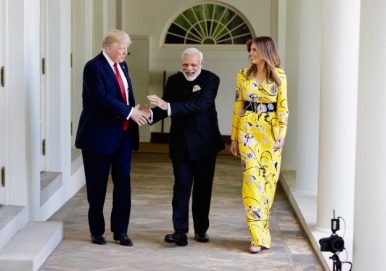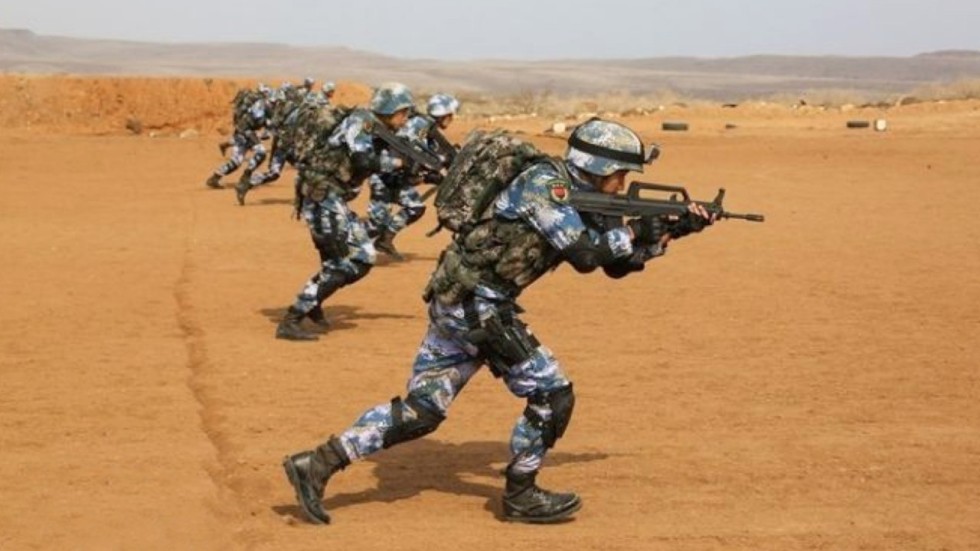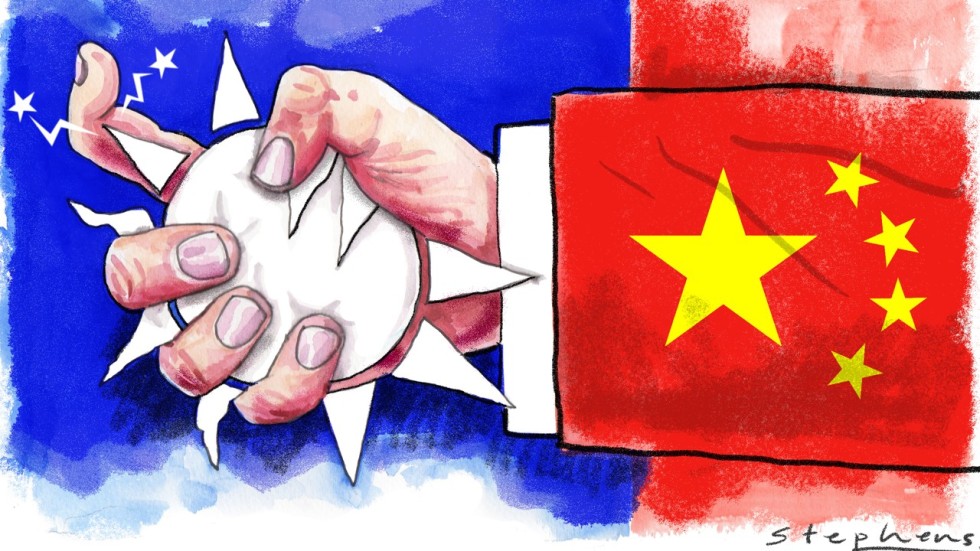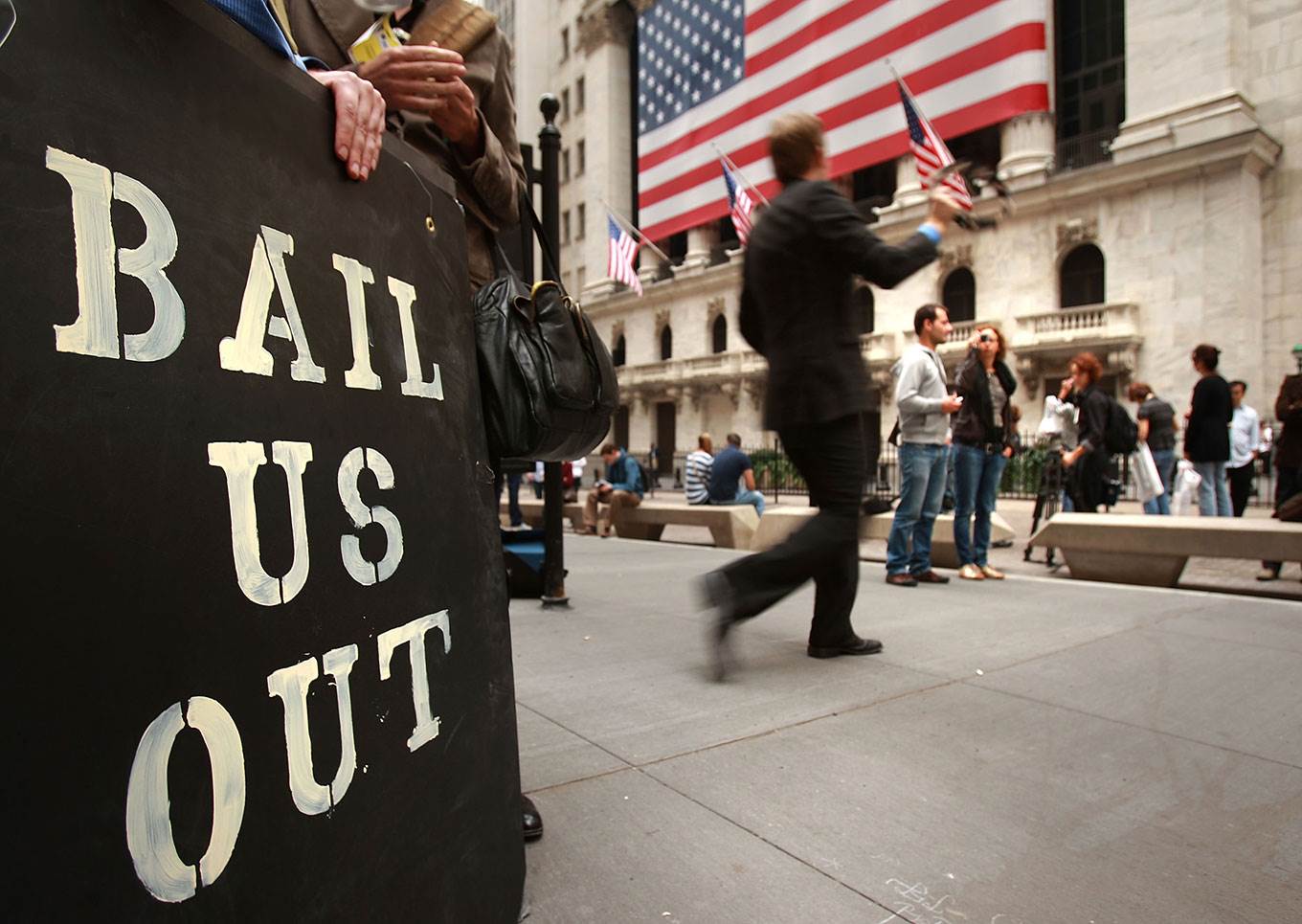by Hamza Shad
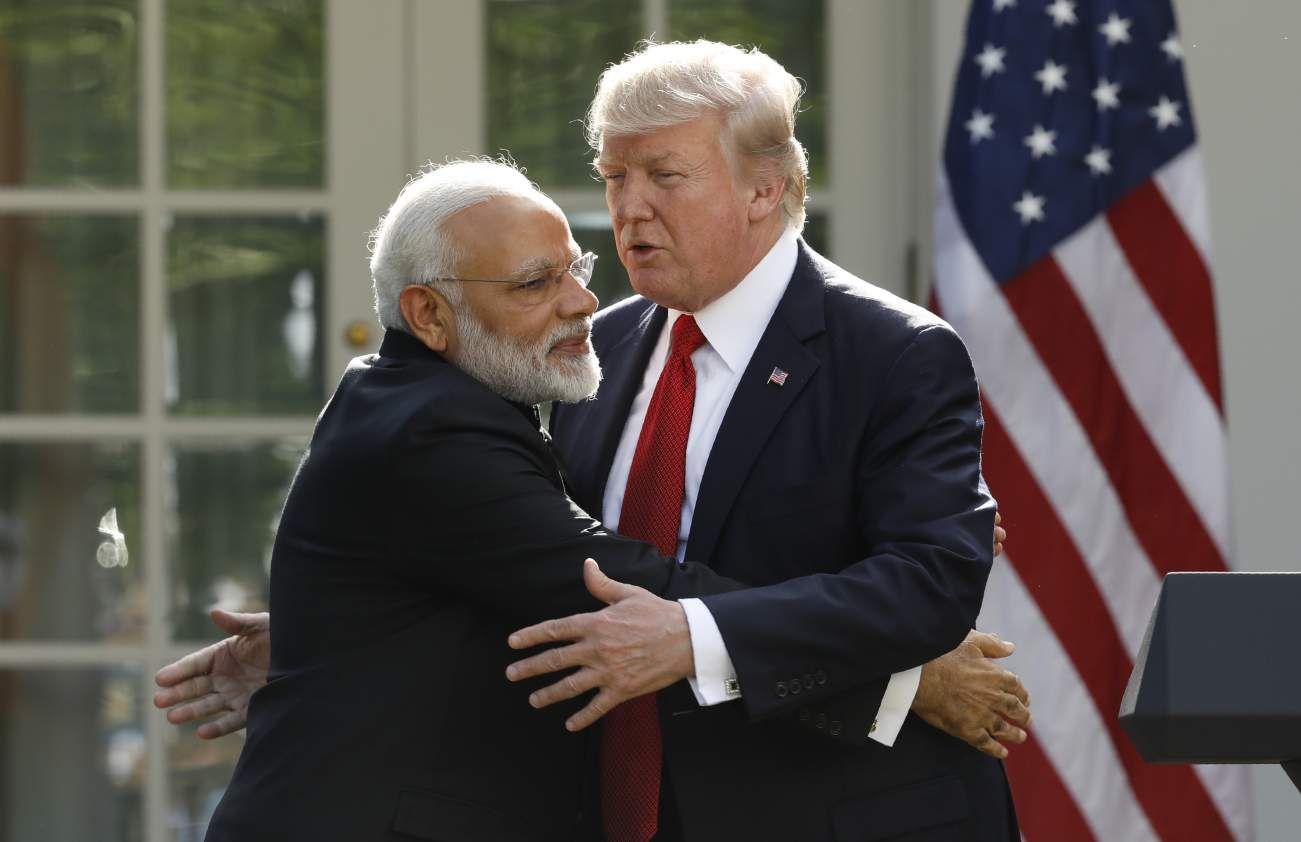 As we approach the new date of the twice-postponed “2+2” dialogue between American and Indian cabinet officials, it is worth reflecting upon the current state of affairs of the U.S.-India strategic partnership. The 2005 civil nuclear agreement between the two countries was widely viewed as a pivotal moment for the beginning of close alignment. But recent events have been a mixed bag of positives and negatives, making it difficult to assess the future trajectory of the bilateral relationship. Initially after taking office, Donald Trump expressed affinity for India, and the Pentagon renamed the Pacific Command to the “ Indo-Pacific Command ,” giving greater centrality to India as a strategic partner and counter-balancer to China. New Delhi responded by increasing purchases of U.S. defense equipment and reviving the dormant “Quad” group with Japan, Australia, and the United States.
As we approach the new date of the twice-postponed “2+2” dialogue between American and Indian cabinet officials, it is worth reflecting upon the current state of affairs of the U.S.-India strategic partnership. The 2005 civil nuclear agreement between the two countries was widely viewed as a pivotal moment for the beginning of close alignment. But recent events have been a mixed bag of positives and negatives, making it difficult to assess the future trajectory of the bilateral relationship. Initially after taking office, Donald Trump expressed affinity for India, and the Pentagon renamed the Pacific Command to the “ Indo-Pacific Command ,” giving greater centrality to India as a strategic partner and counter-balancer to China. New Delhi responded by increasing purchases of U.S. defense equipment and reviving the dormant “Quad” group with Japan, Australia, and the United States.